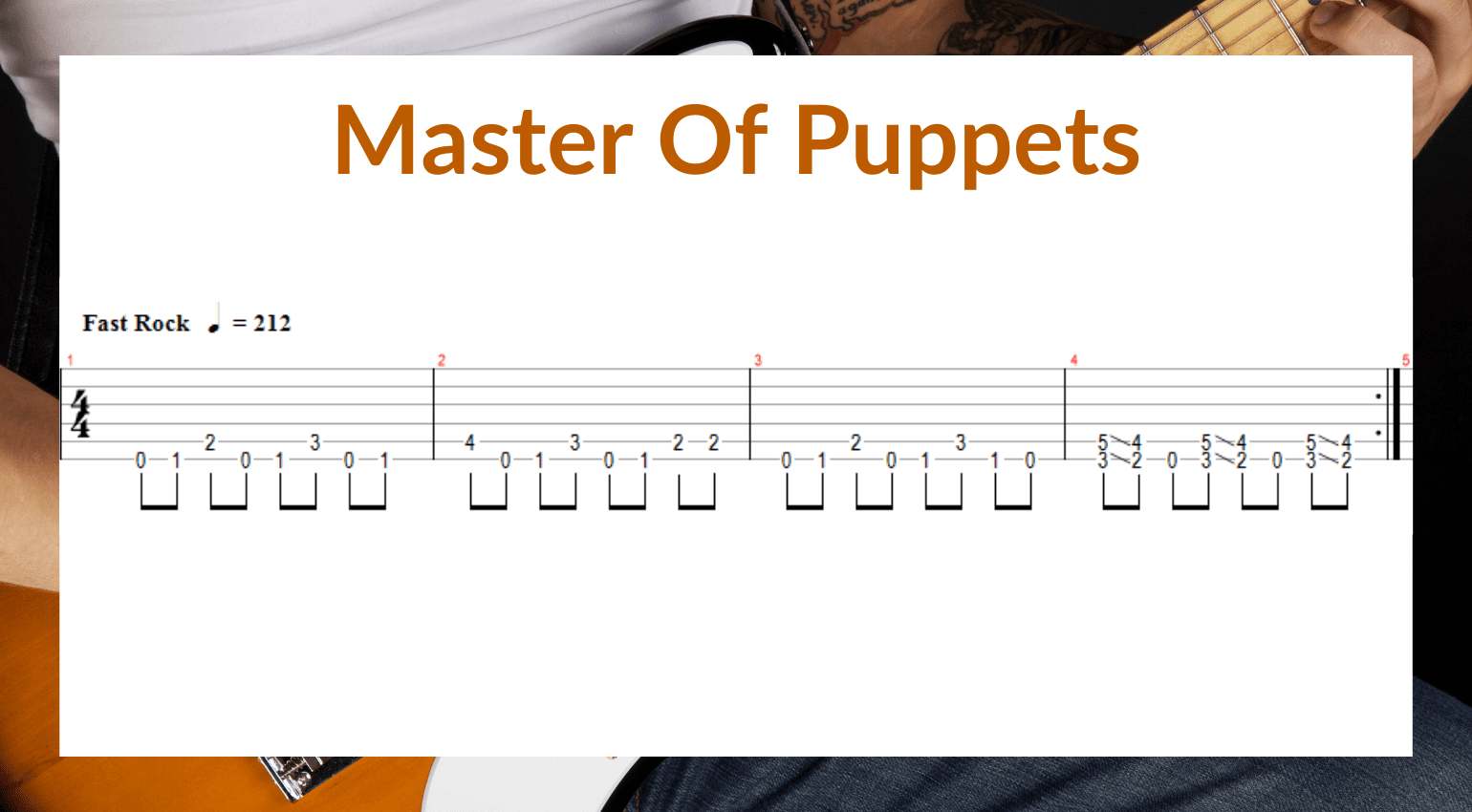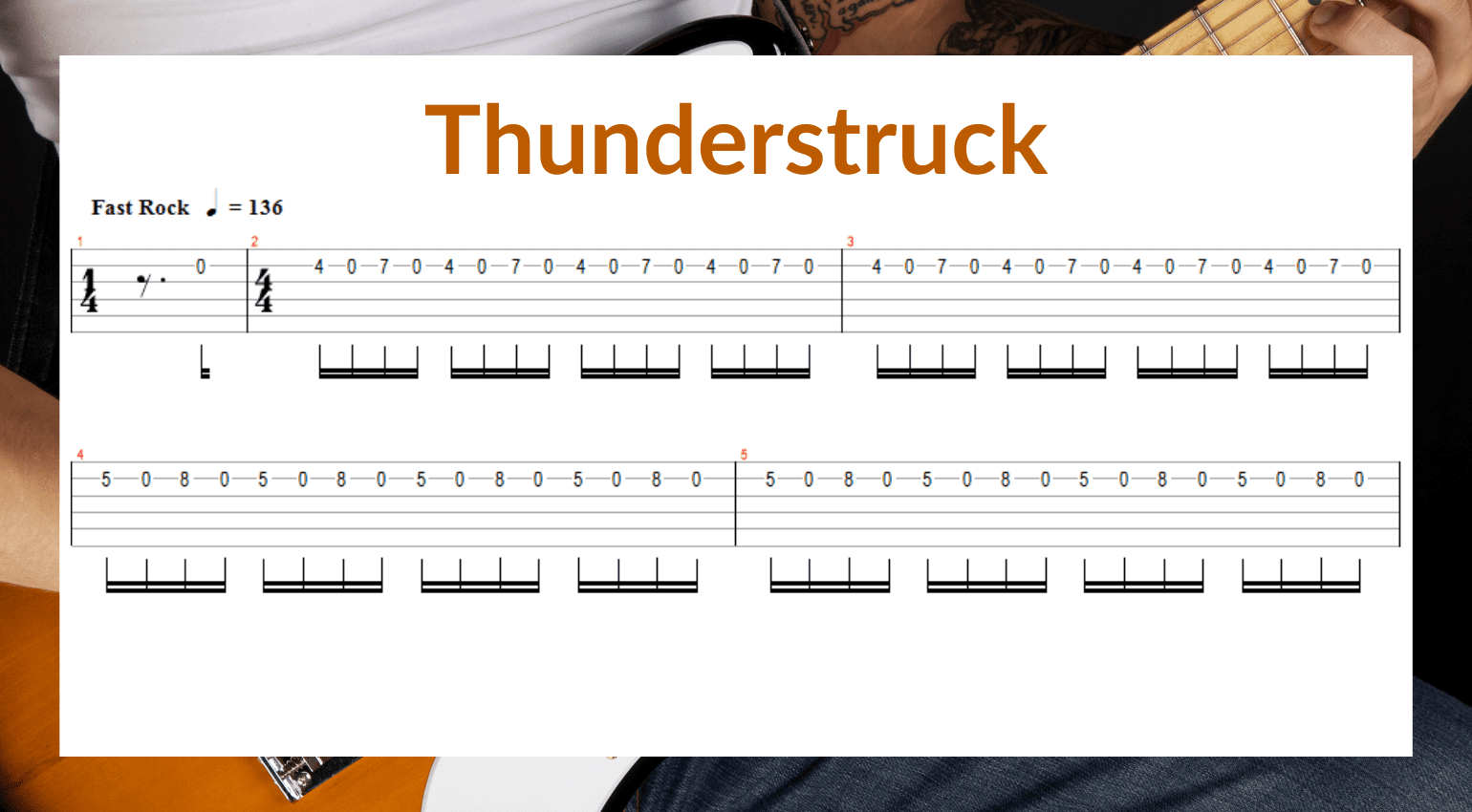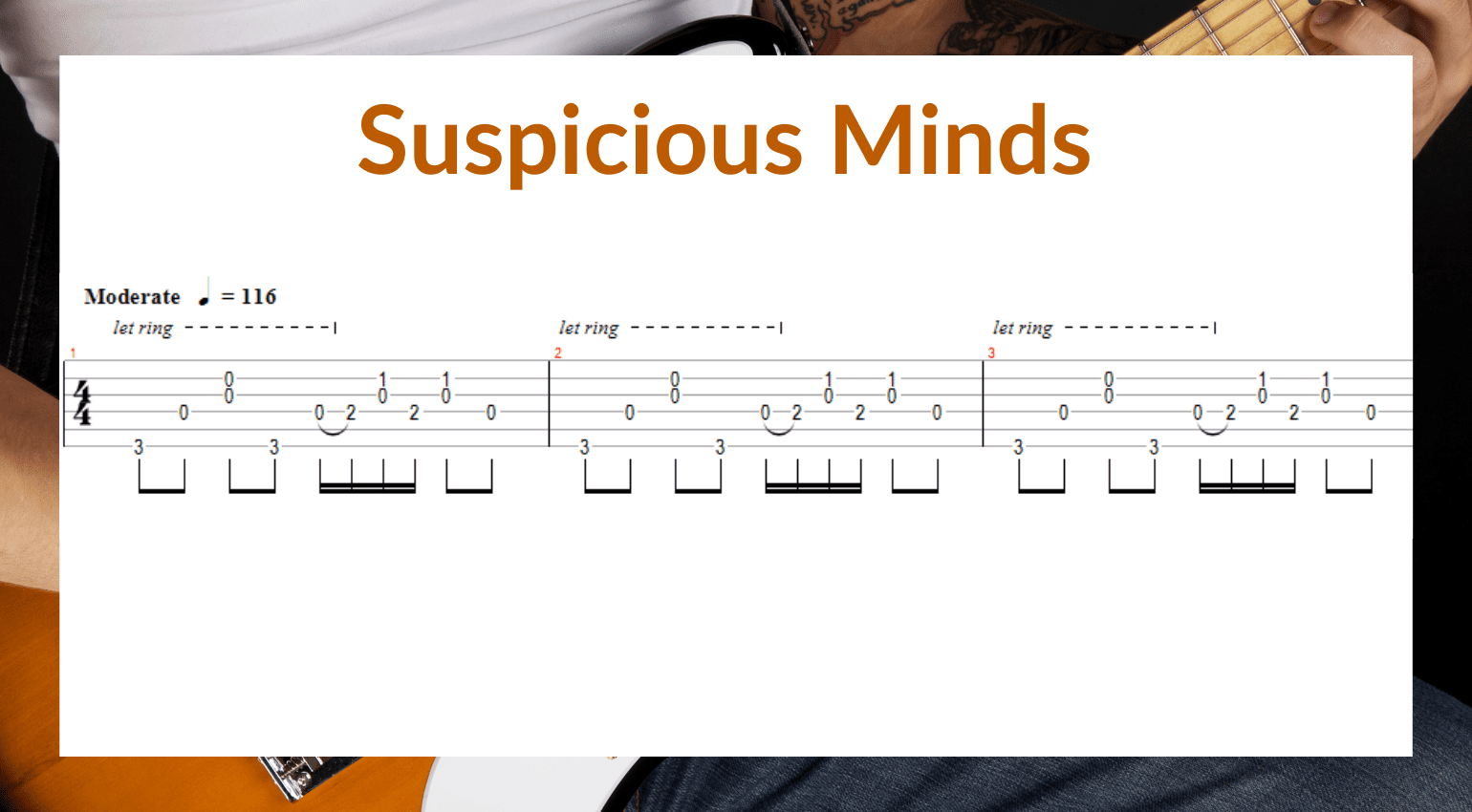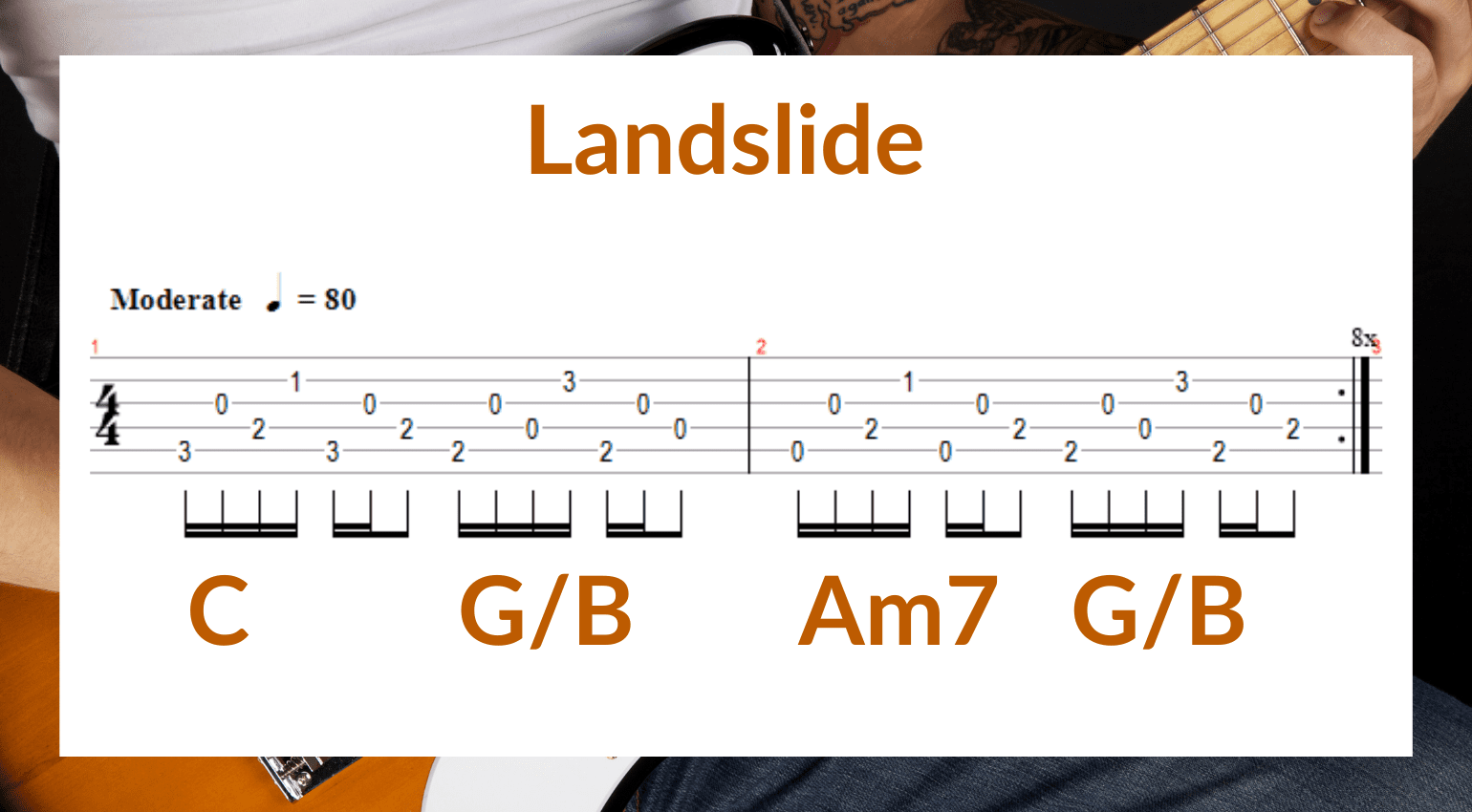Guitar Picking Techniques Explained: Hybrid, Sweep, and more!
Guitar Picking Techniques totally control how a guitar riff sounds! It’s cool to strum along to your favourite tunes, but what if you want to explore other playing methods? Stick around.
Guitar Picking Techniques Explained: Hybrid, Sweep, and more!
As a guitarist, it’s always great to strum along to your favourite songs and riffs. Even if you’re at the start of your guitar-playing journey, you’ll usually be able to find a version of whatever song you’re after that works for you.
However, getting a good understanding of guitar picking techniques will help you to achieve some more sophisticated riffs and songs. We’re going to look at, arguably, the classic alternatives of right-hand techniques. So, strap in, and let’s see what they’re all about.
Down Picking
You are currently viewing a placeholder content from YouTube. To access the actual content, click the button below. Please note that doing so will share data with third-party providers.
Firstly, we’re going to start with what guitarists will call home. The down picking guitar picking technique is the most instinctive thing to do when starting out.
Just because this technique is simple, that doesn’t mean that there’s anything wrong with it. James Hetfield has sold millions of records on the foundation of down picking. How can we use it?
Look at this TAB for Master Of Puppets. If you found yourself binge-watching Stranger Things last year, you’ll know this riff very well! We have a fast double-time riff across the E and A string, and every note is played with a down stroke. Hitting those strings with an aggressive downward motion will help achieve the menacing sound that this riff provides.
Alternate Picking
You are currently viewing a placeholder content from YouTube. To access the actual content, click the button below. Please note that doing so will share data with third-party providers.
Now if, like me, you find 212bpm a bit much then alternate picking could be your saviour when it comes to faster playing.
This guitar picking technique is much more economical for your picking hand. If you’re picking down, then you’re guaranteed to come back up again. So why not pick on your way up as well?
Alternate picking allows many players to play faster and more efficiently. By picking down and then up again, you can play two notes in the same space of time that you would have played one when down picking. Take a look at some opening bars of Thunderstuck and see how this picking solution works.
An AC/DC riff isn’t complete without a set of humbuckers from a Cherry Red Gibson SG, is it?


Hybrid Picking – Guitar Picking Techniques
You are currently viewing a placeholder content from YouTube. To access the actual content, click the button below. Please note that doing so will share data with third-party providers.
Now, we’re going to go a bit older with this Elvis staple. Hybrid picking is a guitar picking technique that can be used with most genres, but stylistically it suits country music the best.
Hybrid picking combines two forms of playing and allows us to utilise our fingers and a pick simultaneously. It’s a technique beneficial for moving between different strings. With Suspicious Minds and many other country tracks, there is usually a bass note followed by a section of a chord.
To hybrid pick, you will want to hit the lower notes with your pick and use either your middle or third finger in your strumming hand to finger pick the remaining strings. Although it’s not the easiest guitar picking technique, it’ll surely level up your playing.
Finger Picking
You are currently viewing a placeholder content from YouTube. To access the actual content, click the button below. Please note that doing so will share data with third-party providers.
Coming back down to earth, let’s look at finger-picking. The most natural way to go about playing simple riffs and melodies.
This technique is just as it sounds, we use our fingers to pick the strings on the guitar. Perfect for starting out when playing, this will help you get down some of your first riffs.
Here though, we’re looking at Landslide by Fleetwood Mac which has a beautifully crafted finger picking guitar part based around a simple chord progression. All we need is C, G/B, Am7 and then back to G/B. I like to play this with my thumb, first and middle finger. What do you prefer?
Watch out! This classic from the legendary Rumors album is played with a capo on the 3rd fret. If you don’t have one already, here’s a great place to start.

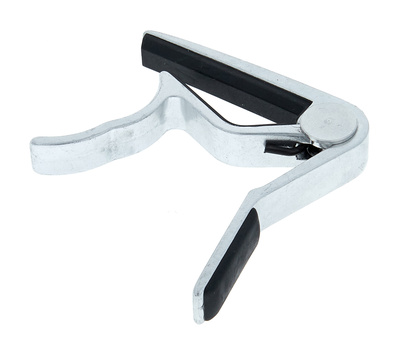
Sweep Picking
We’re concluding our look at guitar picking techniques with arguably one of the most advanced out there. Sweep picking is not for the faint-hearted.
This technique is primarily used in the metal and hard rock genres. It takes a series of notes, often a scale or melody, and you would down pick the series of notes, an then return in the other direction up picking the same notes. This creates a sweeping motion.
We want to hear a seamless transition between notes. Therefore, you have to be pretty quick! There are a few ways to practise this, so why not check out this quick guide?
You are currently viewing a placeholder content from YouTube. To access the actual content, click the button below. Please note that doing so will share data with third-party providers.
I usually find a thicker pick is best for sweep picking, 1mm in thickness should do the trick.

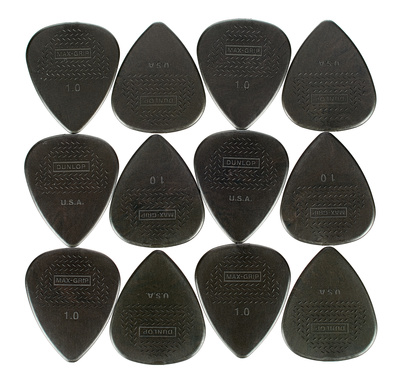
Guitar Picking Techniques – Which is Best for You?
There we have it, five different ways of picking on the guitar. We’ve covered rock, metal and even country. Each respective guitar picking technique has its uses so it might be worth brushing up on them now and then. Which is your go-to when playing? Be sure to let us know.
Videos:
You are currently viewing a placeholder content from YouTube. To access the actual content, click the button below. Please note that doing so will share data with third-party providers.
You are currently viewing a placeholder content from YouTube. To access the actual content, click the button below. Please note that doing so will share data with third-party providers.
Further Information:

 5,0 / 5,0 |
5,0 / 5,0 | 

